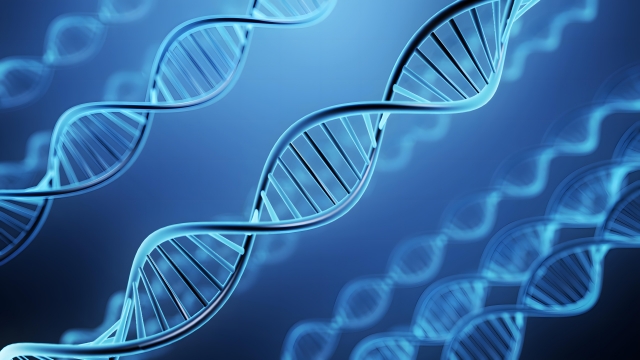The person’s DNA can be extracted relatively easily from saliva.Saliva contains cells from the oral cavity (mainly mucosal cells from the inner cheek) and white blood cells from which DNA can be extracted.Saliva-based DNA collection is a non-invasive and simple method and is widely used for the following reasons
1. The convenience of DNA extraction from saliva
- Non-invasive method: saliva can be easily collected without the needles and needles like blood.This is commonly used for DNA and genetic testing as it is painless and easy to carry out without pain or strain.
- Can be collected at home: saliva samples can be collected at home using swabs or special containers. This is a convenient and accessible method, as the sample can be collected and mailed to a laboratory for DNA analysis.
2. The procedure for DNA extraction from saliva
The procedure for DNA extraction using saliva is as follows
- Sample collection: spit saliva directly into a container or collect mucosa cells from the inner cheek with a cotton swab.Care should be taken not to mix food debris or foreign bodies in this process.
- Extraction of DNA: DNA is extracted from cells in saliva. This is typically done using DNA extraction kits or enzyme-based methods. The extracted DNA is amplified to a quantity suitable for analysis.
- DNA analysis: extracted DNA is used for genotyping and personal identification.
3.The advantages of DNA extraction from saliva
- Simple and efficient: DNA extraction from saliva is easier than blood or semen and is easier to collect and process. It contains sufficient amounts of DNA for general testing and genetic analysis, thus providing reliable results.
- Easy storage: saliva samples can be stored for relatively long periods of time if stored properly.The use of special preservation solutions can also prevent sample deterioration and maintain DNA quality.
4. Applications of salivary DNA extraction
DNA extracted from saliva is used to
- Paternity and genetic testing: DNA is extracted from saliva samples to confirm parent-child relationships and to analyse genetic characteristics.
- Medical and genetic testing: saliva is also used for testing for genetic mutations and for genetic testing to analyse individual constitution and disease risk.
5. Precautions in DNA extraction from saliva .
- Beware of contaminants: it is recommended to avoid consuming food or drinks immediately prior to saliva collection to avoid contamination with food debris or DNA from other people.This will ensure sample quality.
- Ensuring quantity: it is important to collect sufficient quantities of saliva. In particular, a firm collection from the cell-rich areas of the oral mucosa will provide higher quality DNA.
Summary
Extracting DNA from saliva is relatively simple and is widely used as a non-invasive and efficient method. It is used for paternity testing, genetic testing and personal identification, and samples can easily be collected and sent for testing at home. Saliva is easy to store and contains sufficient amounts of DNA to provide reliable results.
Latest Articles
Supervisor of the article

Dr. Hiroshi Oka
Graduated from Keio University, Faculty of Medicine
Doctor of Medicine
Medical Doctor









